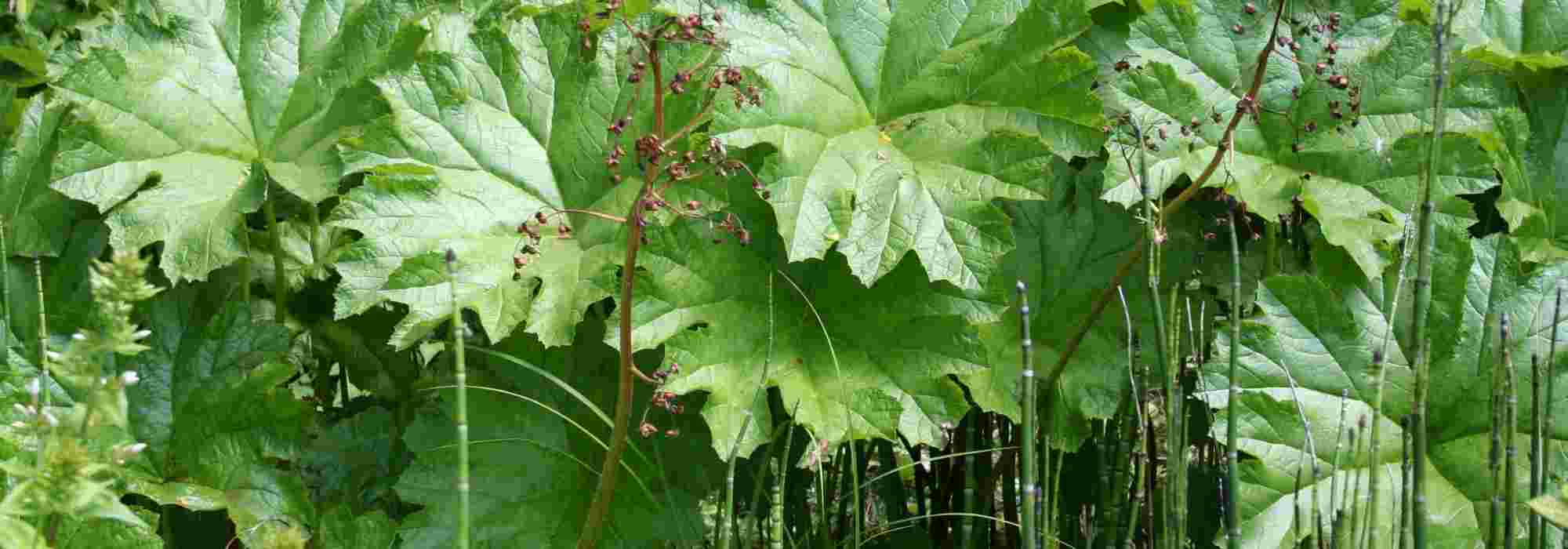
10 graphic perennial plants and bulbs for a modern and original garden
Best plants for a contemporary garden
Contents
Modern, graphic gardens are increasingly popular with gardeners who are turning to this style for its simple yet striking appearance. When designing such a garden, choice of plants is essential: plants that make it up must have a strong presence, clean lines, structure the space and be visible from a distance… So here is a selection of perennial plants and bulbous plants, ideal in modern, graphic gardens.
Allium giganteum: giant with striking graphic effect
A straight stem topped by a large sphere: hard to be more striking than this ornamental allium. Planted singly or, conversely, in groups, they are hard to miss. Allium giganteum is indeed a giant in the family of ornamental alliums with its spectacular inflorescences, appearing from May to July as massive, dense balls of lilac to pale mauve-violet carried to a height of nearly one and a half metres. Its flowers are also superb in fresh or dried bouquets. This Allium should be planted in full sun, in any soil, not too rich, even poor if possible, fairly cool and well drained as it does not tolerate excess water, especially in winter. Planting should preferably be carried out in autumn so plant has time to establish.
→ For more about ornamental alliums in general, follow this link Allium or Ornamental Garlic: planting, growing and maintenance
Agapanthus: colourful and upright
To create a graphic garden, it is important to choose simple, understated colours. White works very well but why not try black? Here is one of the darkest inflorescences available right now: Agapanthus inapertus ‘Black Magic’. Its black buds open between July and August into pretty, very dark blue, almost black bell-shaped flowers, on large umbels held 80 cm above ground. This striking flower will contrast beautifully with white flowering within a bed, in a pot or in small groups. Note: this variety is hardy only to -10°C, so it should be planted in a pot to be stored over winter or planted in ground but in a warm sunny position, in rich, fresh but very free-draining soil.
→ Like Agapanthus? Find our selection of the finest in our online nursery. Any questions? Unsure? You will find all our advice and more on our page: Agapanthus: to plant, to grow and to care for, in garden or in pot.
Discover other Contemporary garden
View all →Available in 1 sizes
Available in 1 sizes
Available in 2 sizes
Available in 1 sizes

Available in 1 sizes
Available in 2 sizes
Available in 1 sizes
Available in 1 sizes
Available in 1 sizes
Russel's Phlomis: a nival zone flower
This plant could have been designed by a Chinese architect under orders from Empress Wu, so much do the inflorescences in whorls seem to tier like an Asian pagoda. Phlomis russeliana, also known as Russell’s phlomis, is a charming groundcover perennial forming large rosettes of grey-green leaves, ovate and heart-shaped at the base, lanceolate and villous, more or less evergreen. From June to July, upright stems about one metre high bearing pale yellow flowers emerge from these rosettes. Even when faded, flowers remain decorative for many months. Phlomis russeliana prefers rich, cool but well-drained soil in a sunny position.
→ Find all our growing tips in Phlomis, Jerusalem sage: planting, growing, propagating and care
German fern: ferns with vertical fronds
German Ostrich Fern, Matteucia struthiopteris is astonishing with its fronds arranged as if standing to attention. What better way to add a touch of verticality within a low-growing tapetum of foliage in a shady corner? This large fern produces a cluster of large sterile, feathery fronds of a pleasant pale green that die back in winter, giving way to small fertile fronds of olive green turning brown, which are evergreen. With impeccable hardiness, this superb, very graphic-looking perennial prefers fresh, not too calcareous soil and is planted in partial or even light shade. It even tolerates clay soil and likes very wet ground. If it thrives, this plant with rapid growth can become slightly invasive, but can we really blame it?
→ Are you mad about ferns? Discover everything you need to know about these astonishing plants in our fact sheet: Ferns: planting and growing
Helianthus salicifolius: fine trailing foliage
Helianthus salicifolius is a striking tall perennial with fine, willow-like foliage that trails curiously in an umbrella shape and bright yellow, daisy-like flowers. This perennial, very architectural for much of the year, is splendid when planted en masse or mixed with grasses or perennials such as Kniphofia. Helianthus salicifolius is very hardy and favours a sunny position. Fresh soil suits it well provided it is well-drained.
→ For more about this genus, read Helianthus, sun: planting, cultivation and maintenance
Equisetum hyemale: Japanese horsetail
People often shudder at the mere name horsetail. Many gardeners hate it when it becomes invasive in the garden. Yet this relic from the age of the dinosaurs has a presence like no other. Equisetum hyemale or winter horsetail is a perennial much prized for graphic, pared-back and minimalist settings thanks to its long erect stems that enable it to structure terraces, balconies and walkways. These green, upright stems, all year round, are punctuated by black rings arranged regularly along their entire length. This verticality really showcases the roundness of neighbouring plants. This horsetail thrives in moderately rich, slightly acidic soil that is kept very moist, in semi-shade or full sun.
→ To learn all about horsetails, read our article : Horsetail, Equisetum: planting, growing and care
Ophiopogon nigrescens: dark, almost black foliage
Ophiopogon planiscapus ‘Nigrescens’ is the only grass-like plant to have truly black evergreen foliage! This perennial groundcover, however, belongs to the family of lily-of-the-valley and therefore has nothing to do with grasses. In summer, pale pink inflorescences appear that contrast beautifully with the dark foliage. Ophiopogons grow in dry to moist (they produce suckers quite readily when moisture is present) but well-drained soil in sun or partial shade. They are wonderful in groups among yellow or chartreuse green foliage such as, for example, Hakonechloas macra. The effect is guaranteed!
→ Ophiopogons are very easy to grow but if you have any doubt, you’ll surely find the answer in our fact sheet: Ophiopogon, Snake beard: planting and care
Pennisetum: a tickling herb
Pennisetum alopecuroides ‘Moudry’ is a bottlebrush herb whose feathery spikes, appearing in late summer, have attractive dark-brown tones with silvery-grey highlights. Both wild and architectural, this large grass, which forms a compact stump of large deciduous pale green leaves, fits equally well into a natural garden or a contemporary garden. Spikes, even when faded, create a splendid display from autumn to winter. This attractive graphic perennial is best showcased in mass planting. It prefers sunny positions in light, well-drained, slightly cool soil. This grass is also perfect for dressing the base of taller plants.
→ Find all our pennisetums in our online nursery and all our growing advice in: Pennisetum – Bottlebrush herb: planting, pruning andmaintenance
Colocasia: large, very stylish leaves
Colocasias or elephant’s ears are bulbous plants of the family Araceae, native to tropical, humid regions of Asia. Colocasia esculenta ‘Balck Magic’ is a spectacular example with very dark, almost black foliage. A mature plant can reach 1.5 metres in height and about 1 metre in width. This Colocasia will become a focal point in a contemporary garden thanks to its large and magnificent leaves (70 cm long), elongated heart-shaped, purplish to very dark purple. They are fairly hardy (down to -10°C or lower depending on variety) but, if you plant your Colocasias in the ground, it is wise not to forget to provide thick winter protection. This bulbous perennial is planted in partial shade in rich, moist to cool but well-drained soil otherwise the bulb may rot.
→ We have selected the finest Colocasias, find them in our online nursery! Want to know a little more about this striking exotic, read: Colocasia: planting, growing and care
Gunnera: giant plant
If you want a gigantic, impressive, titanic plant… look no further: adopt a Gunnera manicata or Brazilian giant rhubarb! If it settles well, it can even grow up to four metres in every direction. No small feat! The leaves, resembling those of a supercharged rhubarb, can exceed two metres in diameter. Obviously, such a mass of foliage can only be the focal point of your garden. Practically maintenance-free, gunneras can spectacularly structure the richest, wettest area of your contemporary garden. Plant your Gunnera in deep, very wet, heavy soil, very rich in organic matter and not too calcareous. Consider winter protection if winters are severe.
→ If this perennial doesn’t put you off, visit: Gunnera, Brazilian giant rhubarb: planting and care
Also discover...
- 10 graphic bushes perfect for modern gardens
- 5 planting tips for a graphic, modern garden
- How to design a graphic and modern garden?
- Subscribe!
- Contents































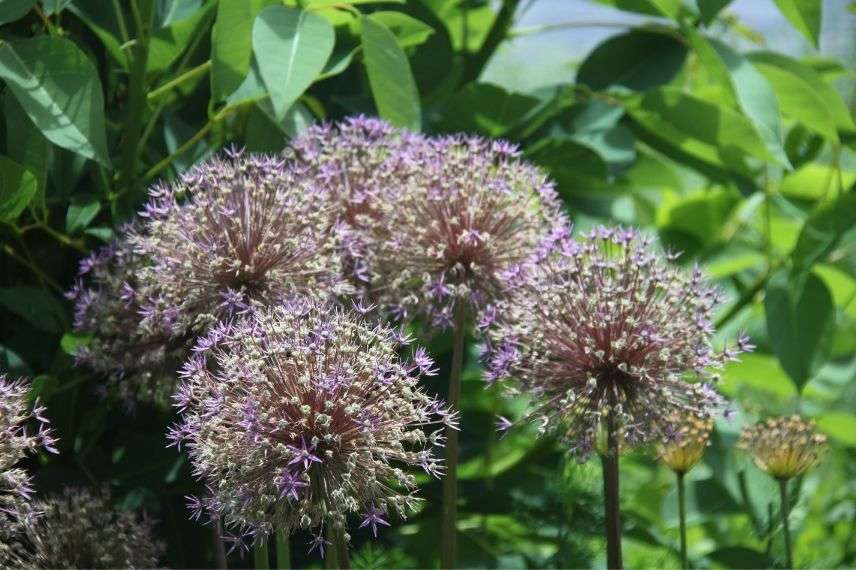
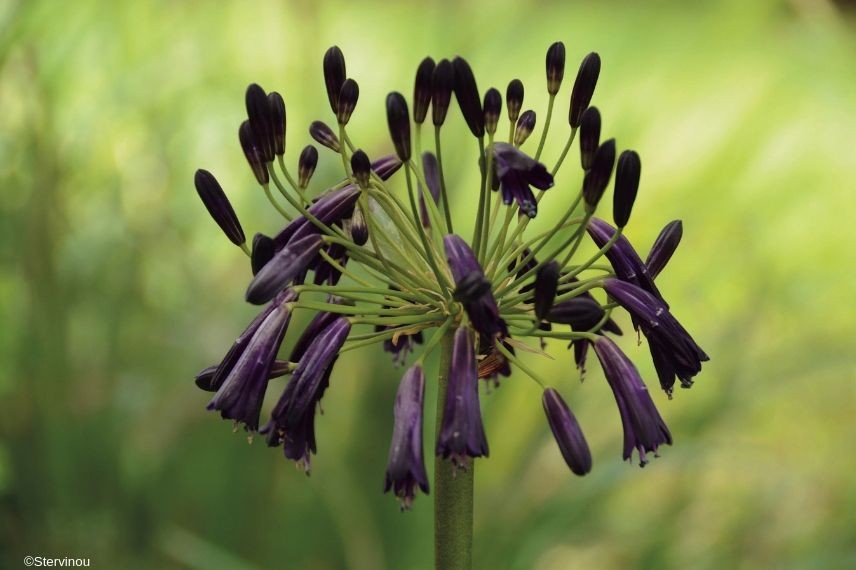

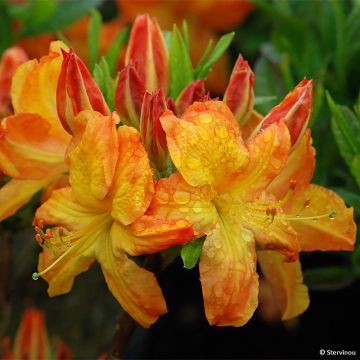
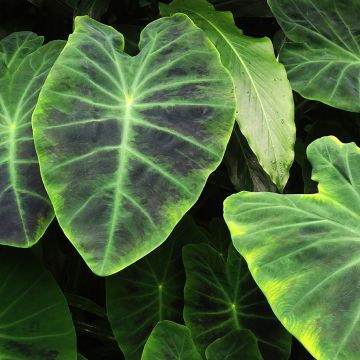


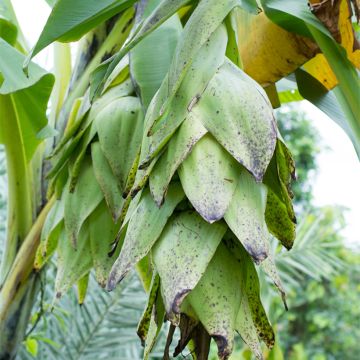

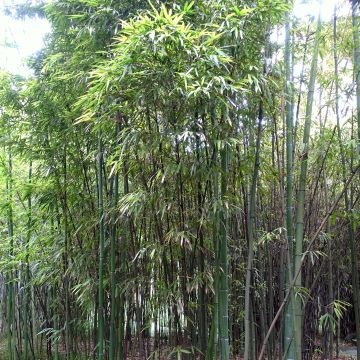
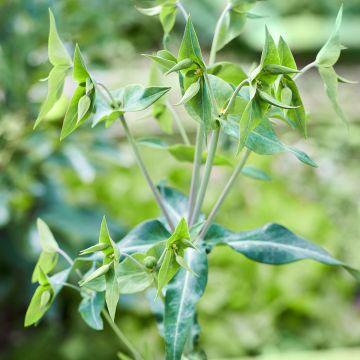
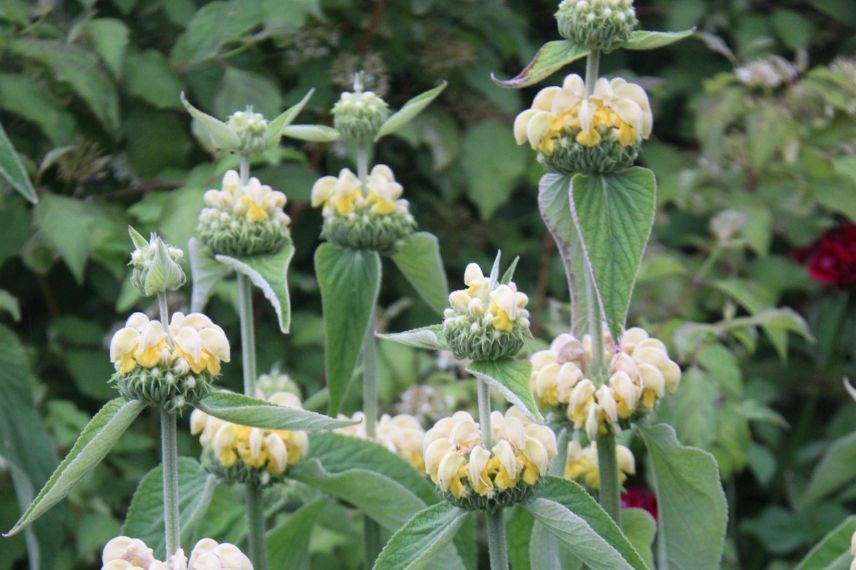
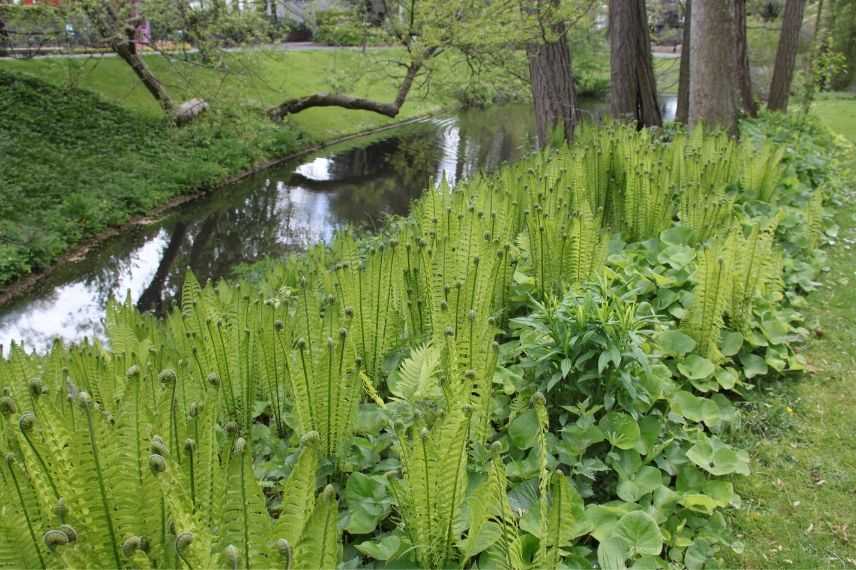
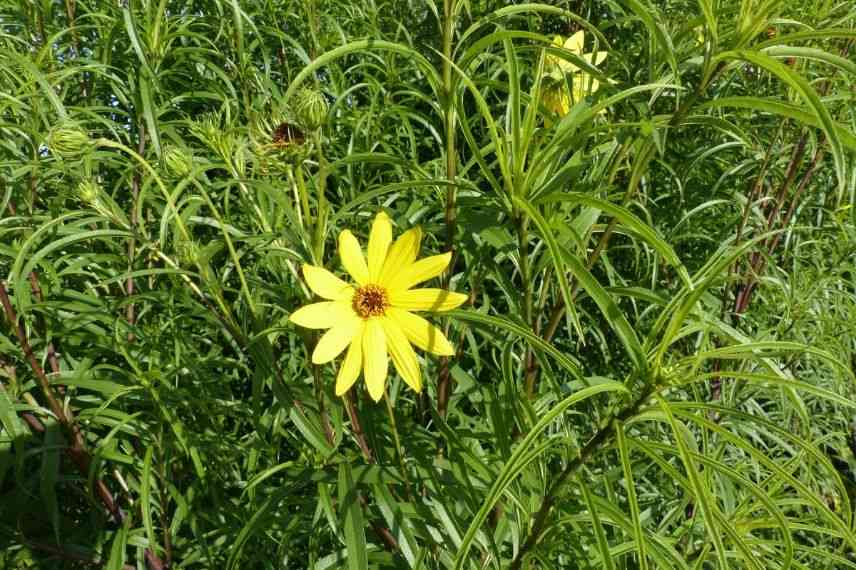
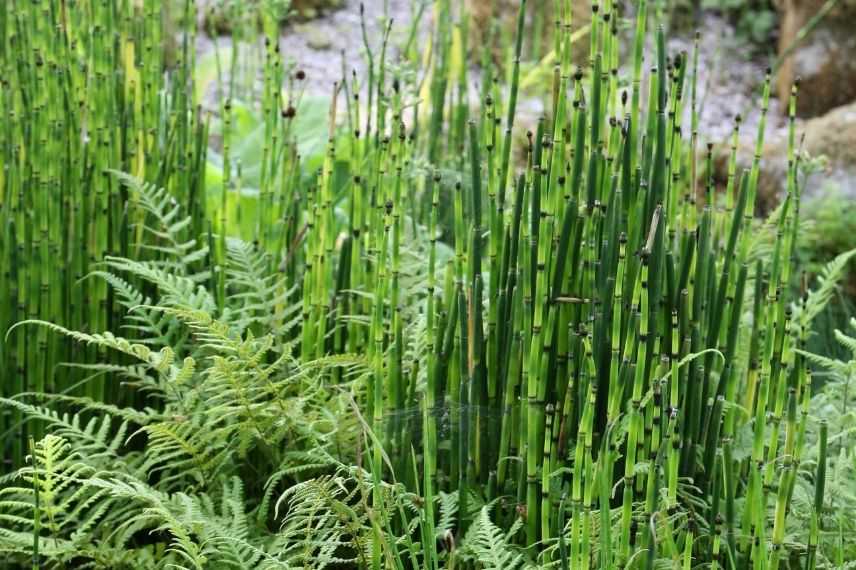
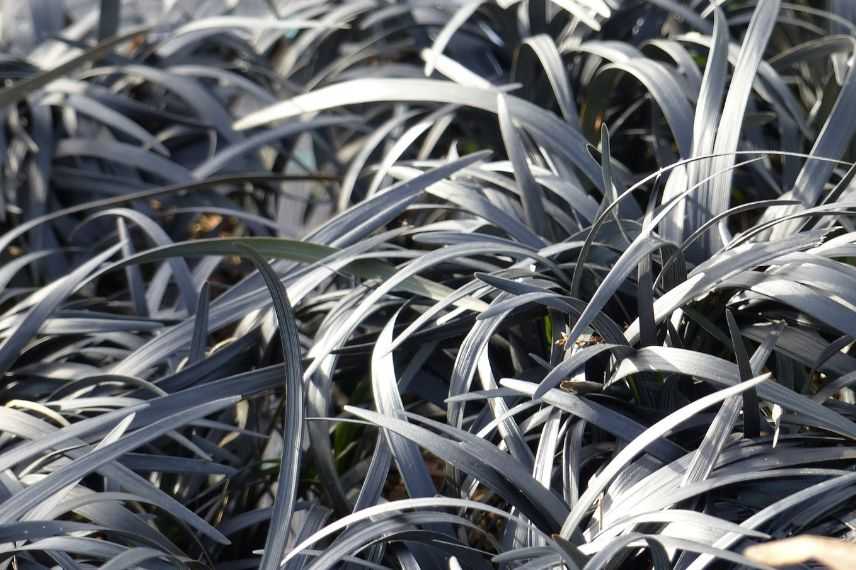
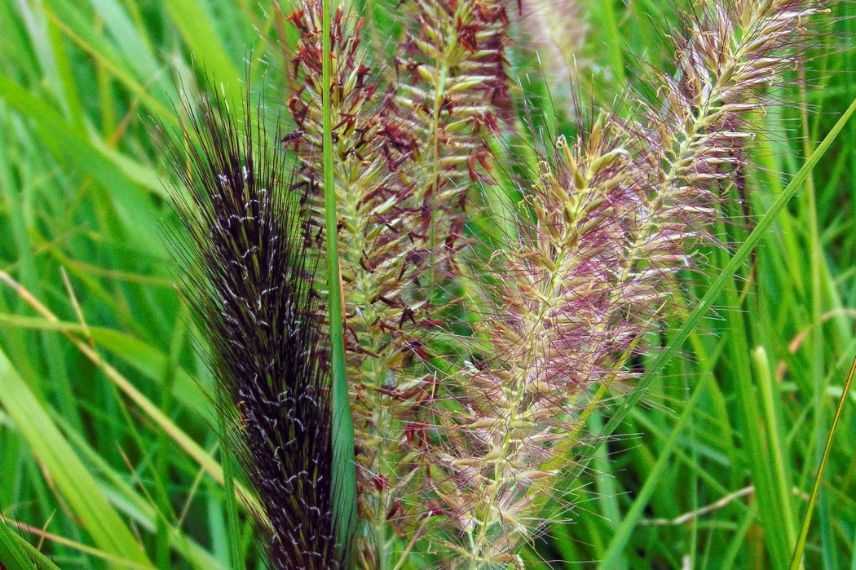
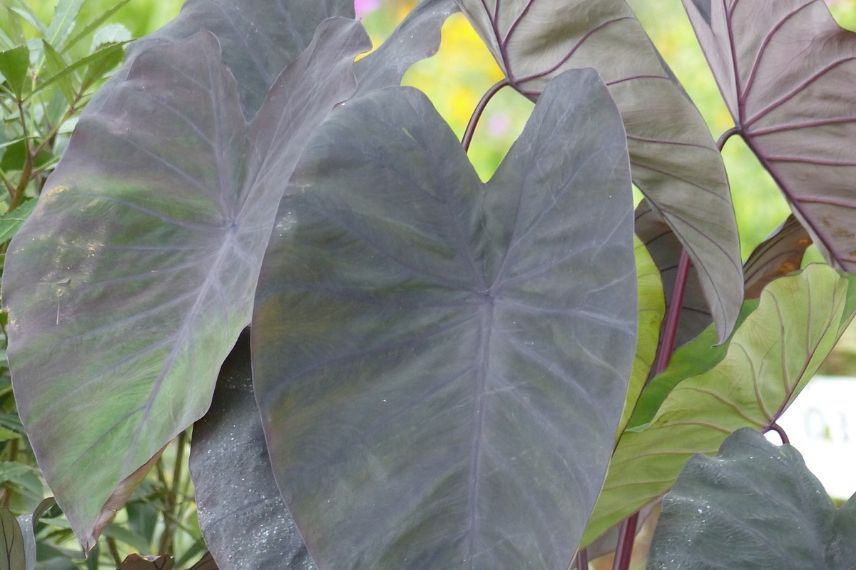
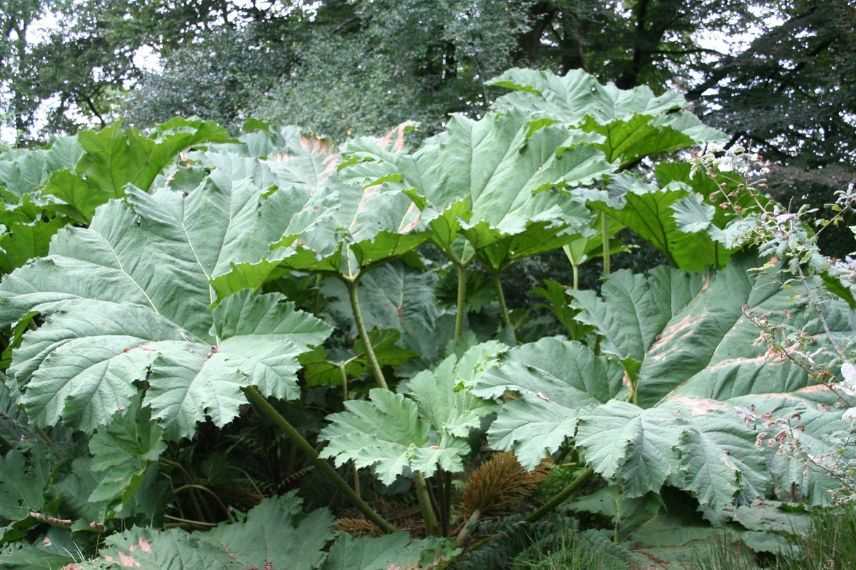
Comments